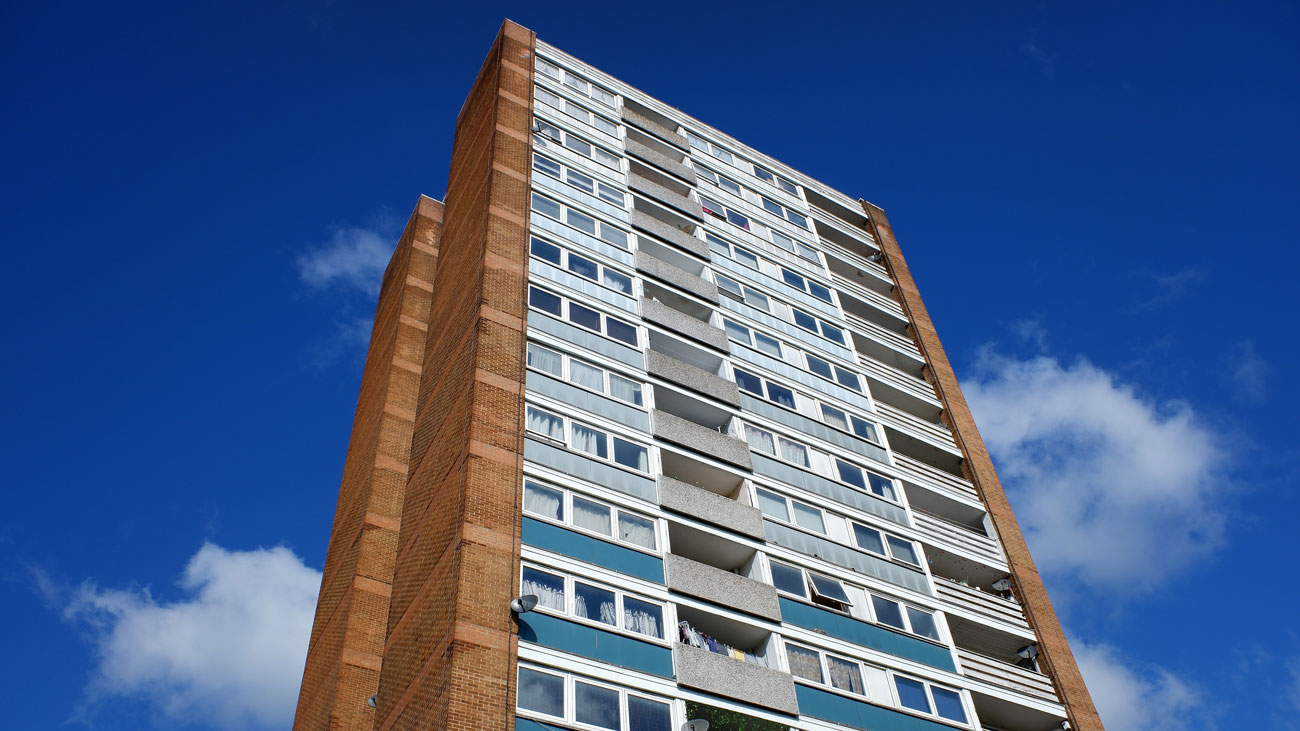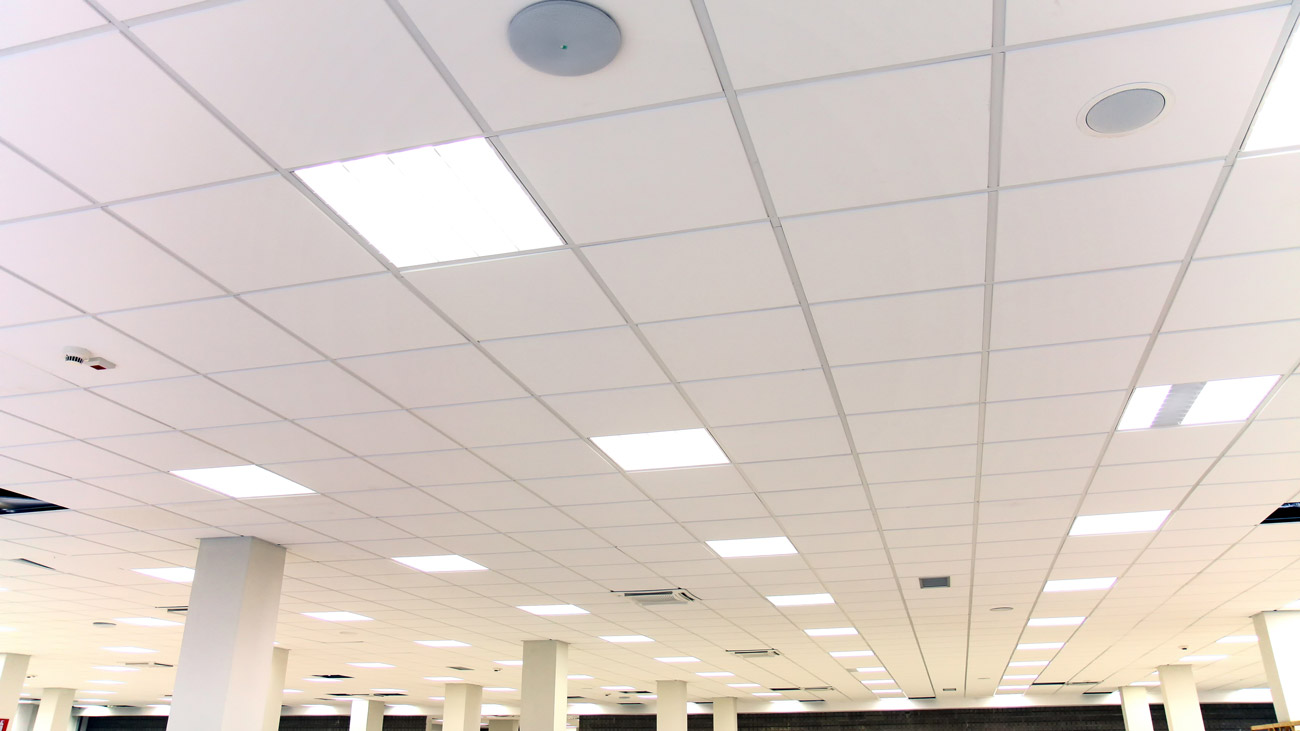
How the pandemic shaped sustainability goals for commercial buildings
Last year provided many unforeseen challenges for the building management industry; despite it all, sustainability commitments stayed steady. But, says Sustainable Brands, we must seize the opportunity to shift the narrative in the energy industry away from efficiency, towards continuous optimisation.
This year has shown many industries that it’s no longer enough to focus on “set it and forget it” energy-efficiency tasks. Instead, sustainability managers must shift to continuous resource optimisation of their facilities. The COVID-19 pandemic not only significantly impacted business operations, it left countless buildings dealing with fluctuating occupancy levels. Nevertheless, sustainability and energy teams rose to the challenge to do more with less in order to meet their goals.
2021 is setting out to be a year of resilience, and many hold hope that they will eventually return to the office. Sustainable Brands' new State of Energy Management survey, carried out in partnership with Smart Energy Decisions, found that building managers expect occupancy levels to be at 75% or higher, which represents a 25-point increase from July 2020 to July 2021. This will increase the need for better control over HVAC equipment (43%) and the ability to monitor energy remotely (40%). But, how do facilities managers prepare for the new year and a new normal?
The safe return to commercial buildings
The pandemic has changed how building and facility managers view their occupants and building amenities. Even with the vaccine roll-out underway, occupancy levels will continue to fluctuate — which has created an increased need for remote management solutions for access anywhere.
The same survey found that the top three requirements for managing building performance and protecting occupant health are higher-efficiency HVAC (87%), better lighting (79%) and improved access to analytics derived from actionable data (77%). These areas are not only important during the return to public buildings, but will remain resource-saving solutions for years after.
The role of technology in building sustainability
Energy leaders have long utilised Energy Management Information Systems (EMIS) to advance sustainability goals, but industry-wide adoption continues to lag. The survey found that the two biggest barriers to implementing an EMIS are the cost of adding meters (46%) and a lack of staff time to review EMIS output (46%). To get buy-in for technology advancement, energy teams routinely need to prove the RoI of manual processes that an EMIS can help automate — this, in turn, enables teams to focus on higher-value priorities that have the most impact on business objectives. An EMIS can also provide valuable data to help establish a business case for future building or equipment-level upgrades. Last, but certainly not least, an EMIS can provide energy teams with critical, real-time analysis and actionable data to reduce costs and maximise building performance.
2020 didn’t stop sustainability goals
Facility and energy managers have said that most of their organisations are in the middle stages of their energy journey (27%) and another 23% reported being “well on our way”. The “well on our way” and “ahead of the crowd” respondents showed the largest increase over the same data points in 2019. Moving toward automation will help teams meet organisational resource-reduction goals faster and will provide the deeper insights required for critical resource investment.
Buildings are responsible for approximately 40% of energy consumption and 36% of CO2 emissions in the EU. Whilst some new buildings might be designed to good energy-efficient standards, utilising new technology that reduces waste and saves energy, much of the UK’s building stock is less efficient. In order to comply with worldwide targets to reduce the impact of climate change, buildings need to become more efficient.
Despite the many challenges of 2020, the findings from the survey show an opportunity to shift the narrative in the energy industry away from efficiency towards continuous optimisation. Optimisation enables organisations to focus on their evolving needs to ensure building and occupant safety are consistently being met without significantly increasing the investment of time from the building management team. As the industry moves forward, leaders will need to begin focusing on continuous and remote management of energy programs, combined with measurement and verification that demonstrates success and RoI — all of which will better equip them to handle shifting needs and priorities.






